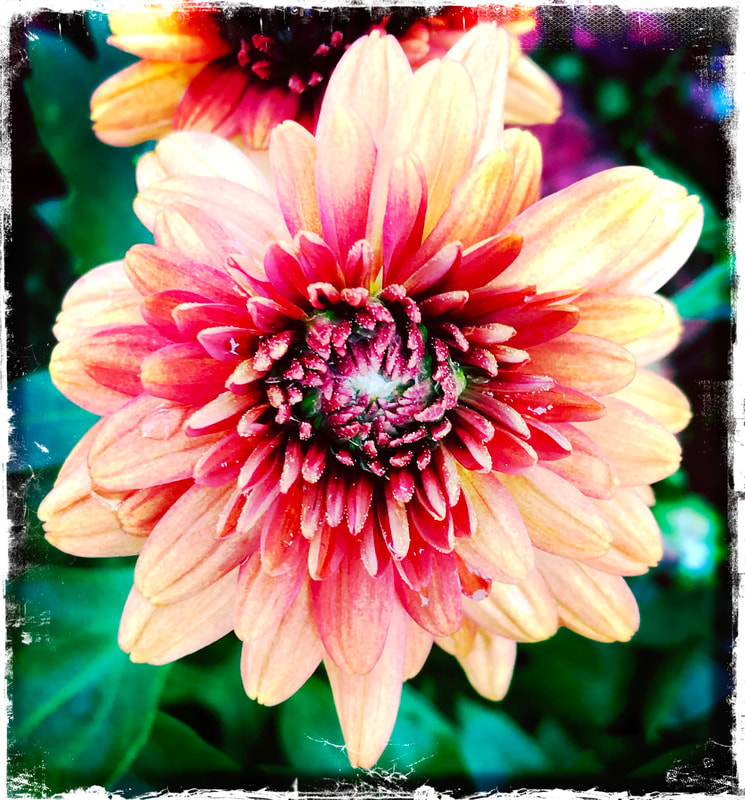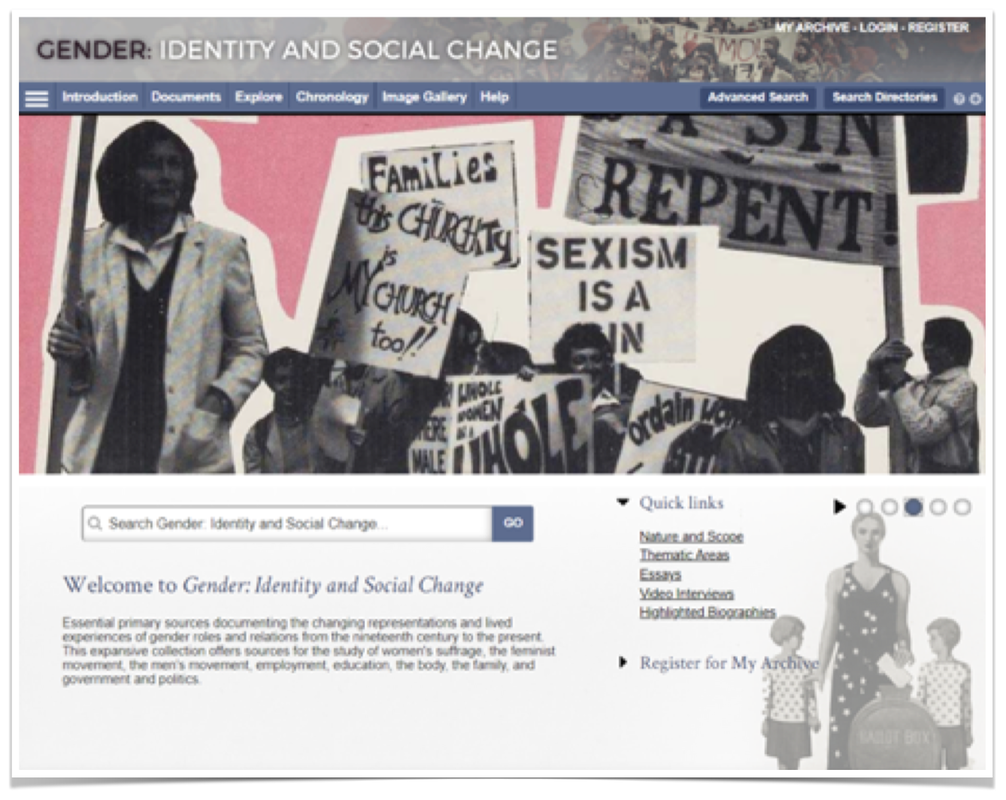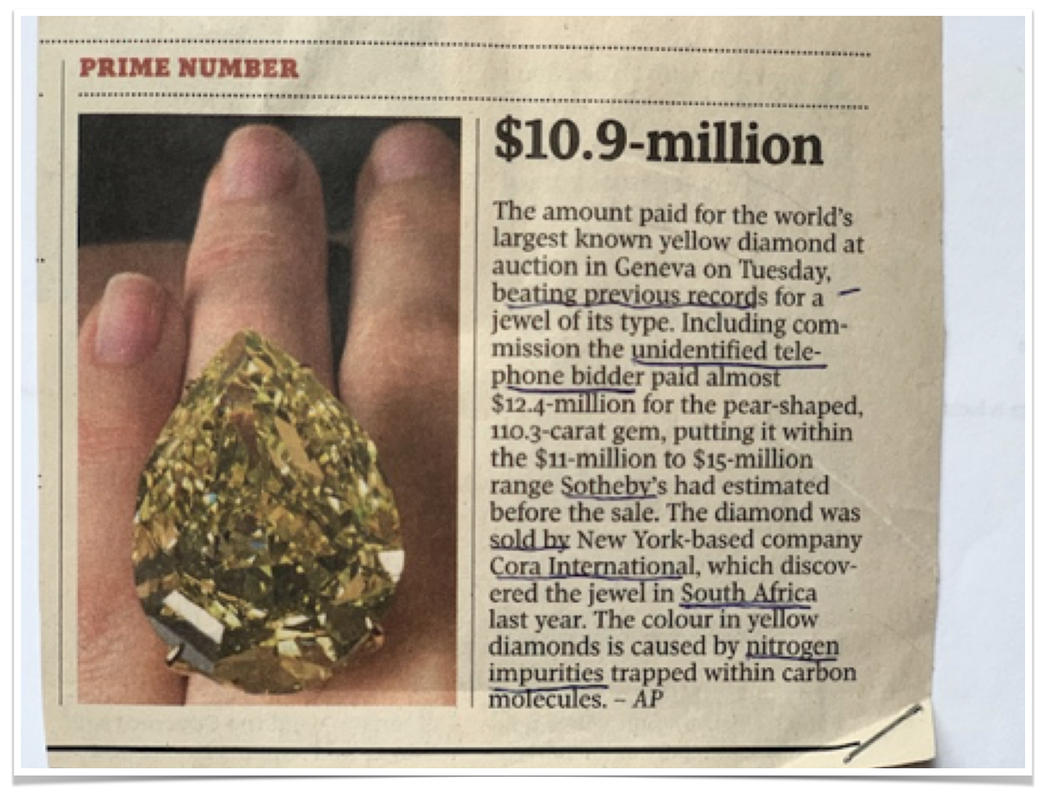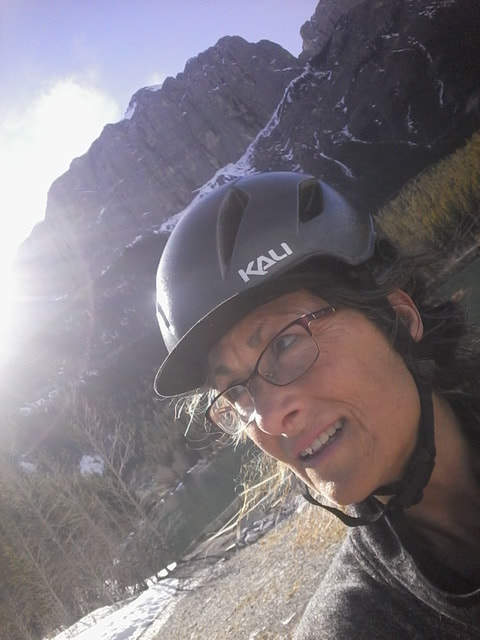ASSAY: A JOURNAL OF NONFICTION STUDIES
8.1
8.1
|
|
Christine Wiesenthal teaches creative writing at the University of Alberta, Alberta, Canada. She has written and edited books of poetry, literary criticism, and biography. Her current archival project involves the journal of an underground WWII resistance worker and questions of translation. She will be taking up a Short Term Research Stay fellowship at the Institut für Zeitgeschichte (Münich-Berlin) next year to research this project.
|



